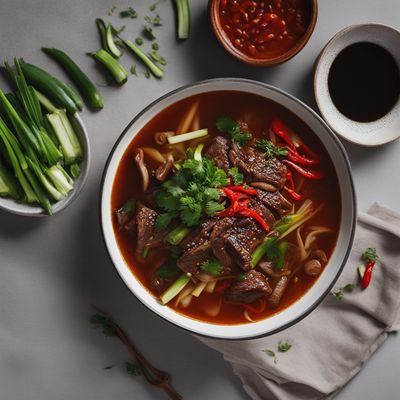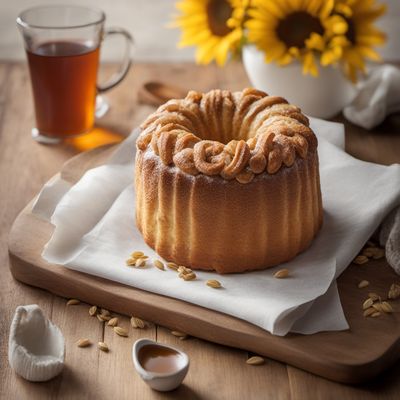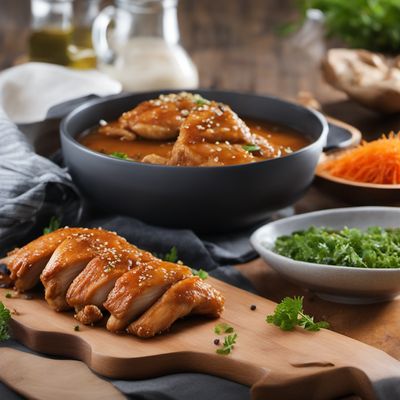
Recipe
North Dakota Bison Stew
Prairie Bison Delight
4.3 out of 5
Indulge in the flavors of North Dakota with this hearty Bison Stew. Inspired by the traditional Korean dish Bosintang, this adaptation combines the rich taste of bison meat with local ingredients, creating a comforting and nourishing stew that celebrates the culinary heritage of North Dakota.
Metadata
Preparation time
20 minutes
Cooking time
2 hours
Total time
2 hours and 20 minutes
Yields
4 servings
Preparation difficulty
Easy
Suitable for
Paleo, Low carb, High protein, Gluten-free, Dairy-free
Allergens
N/A
Not suitable for
Vegetarian, Vegan, Pescatarian, Kosher, Halal
Ingredients
While Bosintang is traditionally made with dog meat in Korean cuisine, this adaptation replaces it with bison meat, which is widely available and popular in North Dakota. The spices and flavor profiles are also adjusted to suit the local taste preferences, incorporating ingredients commonly found in North Dakota cuisine. We alse have the original recipe for Bosintang, so you can check it out.
-
1.5 pounds (680g) bison stew meat, cubed 1.5 pounds (680g) bison stew meat, cubed
-
2 tablespoons vegetable oil 2 tablespoons vegetable oil
-
1 onion, diced 1 onion, diced
-
2 carrots, sliced 2 carrots, sliced
-
2 potatoes, peeled and cubed 2 potatoes, peeled and cubed
-
2 celery stalks, sliced 2 celery stalks, sliced
-
3 cloves garlic, minced 3 cloves garlic, minced
-
4 cups (950ml) beef broth 4 cups (950ml) beef broth
-
1 cup (240ml) tomato juice 1 cup (240ml) tomato juice
-
1 tablespoon Worcestershire sauce 1 tablespoon Worcestershire sauce
-
1 teaspoon dried thyme 1 teaspoon dried thyme
-
1 teaspoon dried rosemary 1 teaspoon dried rosemary
-
1 bay leaf 1 bay leaf
-
Salt and pepper to taste Salt and pepper to taste
Nutrition
- Calories (kcal / KJ): 350 kcal / 1465 KJ
- Fat (total, saturated): 12g, 3g
- Carbohydrates (total, sugars): 20g, 5g
- Protein: 40g
- Fiber: 4g
- Salt: 1.5g
Preparation
-
1.In a large pot, heat the vegetable oil over medium heat. Add the bison stew meat and cook until browned on all sides. Remove the meat from the pot and set aside.
-
2.In the same pot, add the diced onion, sliced carrots, cubed potatoes, sliced celery, and minced garlic. Sauté for 5 minutes, until the vegetables start to soften.
-
3.Return the browned bison meat to the pot. Add the beef broth, tomato juice, Worcestershire sauce, dried thyme, dried rosemary, bay leaf, salt, and pepper. Stir well to combine.
-
4.Bring the stew to a boil, then reduce the heat to low. Cover the pot and simmer for 1.5 to 2 hours, or until the bison meat is tender and the flavors have melded together.
-
5.Remove the bay leaf before serving. Adjust the seasoning with salt and pepper if needed.
Treat your ingredients with care...
- Bison stew meat — For the best results, choose lean and tender cuts of bison meat. If bison is not available, you can substitute it with beef stew meat.
Tips & Tricks
- For a thicker stew, you can mix 1 tablespoon of cornstarch with 2 tablespoons of water and add it to the stew during the last 10 minutes of cooking.
- Serve the stew with a side of crusty bread or cornbread to soak up the delicious flavors.
- Feel free to add other vegetables like peas or green beans to the stew for added variety.
- If you prefer a spicier stew, you can add a pinch of cayenne pepper or red pepper flakes.
- Leftovers can be stored in the refrigerator for up to 3 days or frozen for future enjoyment.
Serving advice
Serve the North Dakota Bison Stew hot in bowls, garnished with fresh parsley or chopped green onions. Accompany it with a side of crusty bread or cornbread for a complete and satisfying meal.
Presentation advice
To enhance the presentation, serve the stew in rustic bowls or individual cast-iron pots. Sprinkle some fresh herbs on top for a pop of color.
More recipes...
More Korean cuisine dishes » Browse all
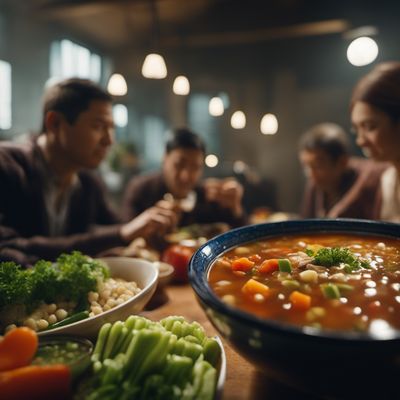
Soyo
Beef and vegetable soup
Soyo is a Korean soup made with soybean paste and vegetables.
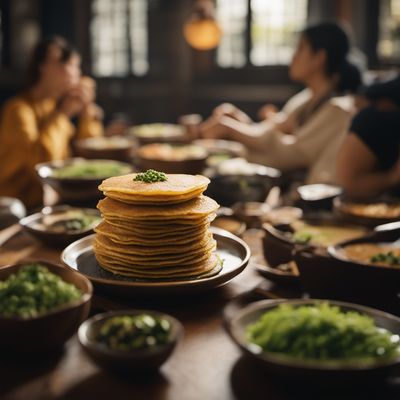
Bindaetteok
Mung bean pancake
Bindaetteok is a Korean dish that is made with mung beans and vegetables. It is a popular street food in Korea and is often served with a spicy...

Dasik
Dasik is a traditional Korean dessert made from various grains, nuts, and sweeteners. It has a crunchy texture and a sweet, nutty flavor.
